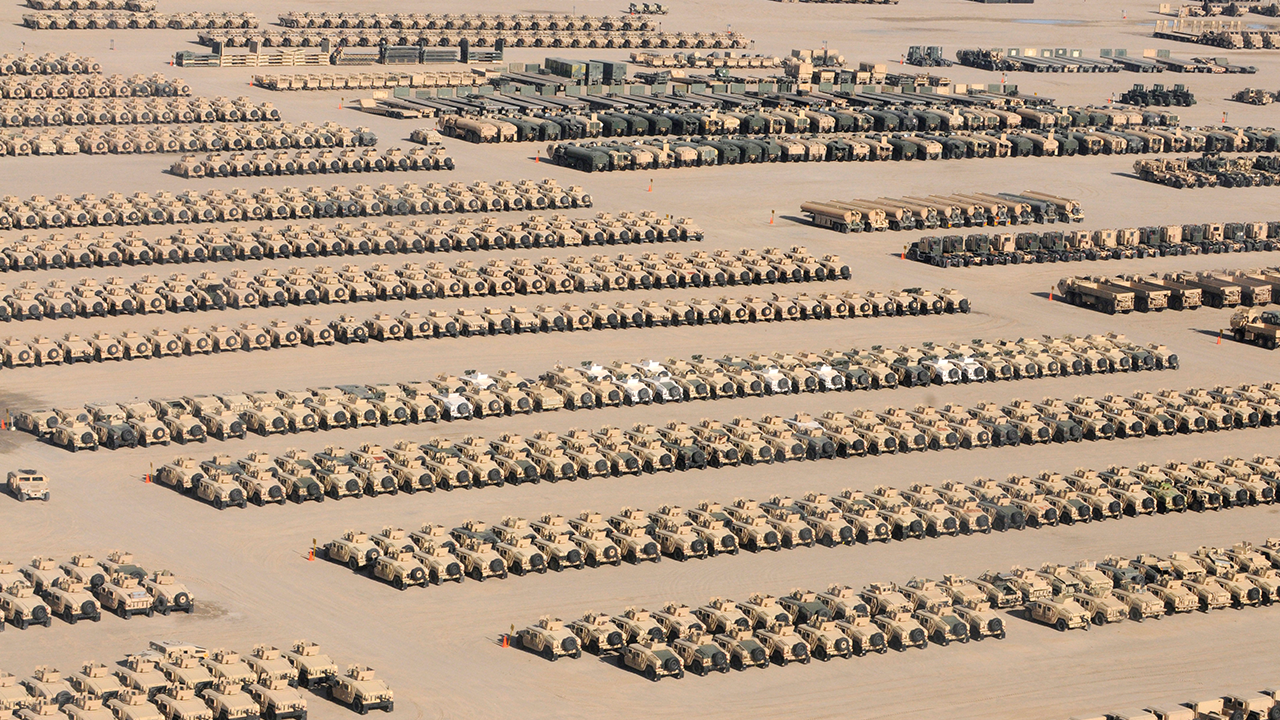Corrosion is such a big problem because it’s such a big problem.
Image courtesy Spc-Monte Swift
Sometimes the size of a problem becomes part of the problem itself. It seems so immense, so intractable, that there’s a temptation to:
Keep kicking it down the road (which makes the problem even bigger).
Get stuck in analysis-paralysis.
View it as unsolvable - something to live with and work around.
Corrosion in the military certainly qualifies as a massive problem. It affects hundreds of thousands of assets around the globe - vehicles, aircraft, parts, stockpiles of munitions, etc. It reduces equipment readiness levels and costs billions of dollars a year.
However, there’s good news for the DoD. It’s ahead of the game in many ways:
It knows where the problems are – by branch, by category, by part/system, even asset-to-asset.
It knows what causes the problems – salt air, high humidity, precipitation, UV radiation, pollution...they’ve all been identified and researched.
It knows how to reduce the problems – How to best mitigate/prevent corrosion is well-known to the DoD thanks to numerous studies conducted over the last 40-50 years.
In other words, all the ingredients are in place to tackle the problem of corrosion – and the DoD is fully in the game. But all are agreed there is much still to be done, and that it is best done quickly. As Anne Morris, author of Move Fast and Fix Things: The Trusted Leader’s Guide to Solving Hard Problems, said in a recent Harvard Business Review interview,* “Speed and momentum are the key to overcoming problems. The dynamic we see is people are deeply relieved that hard problems are being addressed.” She explains that credible movement towards action and progress are an antidote to inertia, analysis-paralysis, pessimism.
“How to best mitigate/prevent corrosion is well-known to the DoD thanks to numerous studies conducted over the last 40-50 years.”
Because the DoD has good information on where corrosion is most prevalent, what causes it, and what prevents it, it’s in perfect position to take immediate steps. Small steps forward can have a flywheel effect, increasing the speed at which problems get solved. As the old saying goes, “How do you eat an elephant? One bite at a time.”
The DoD has a whole range of tools it can employ that are operational now, cost-effective, applicable to every climate, and can be implemented quite rapidly.
In the end, even the biggest problems are really collections of smaller problems – which means massive problems look a lot more manageable once you start chipping away at them.
Give us a call to collaborate on how you can get ahead of corrosion before it gets ahead of you.

